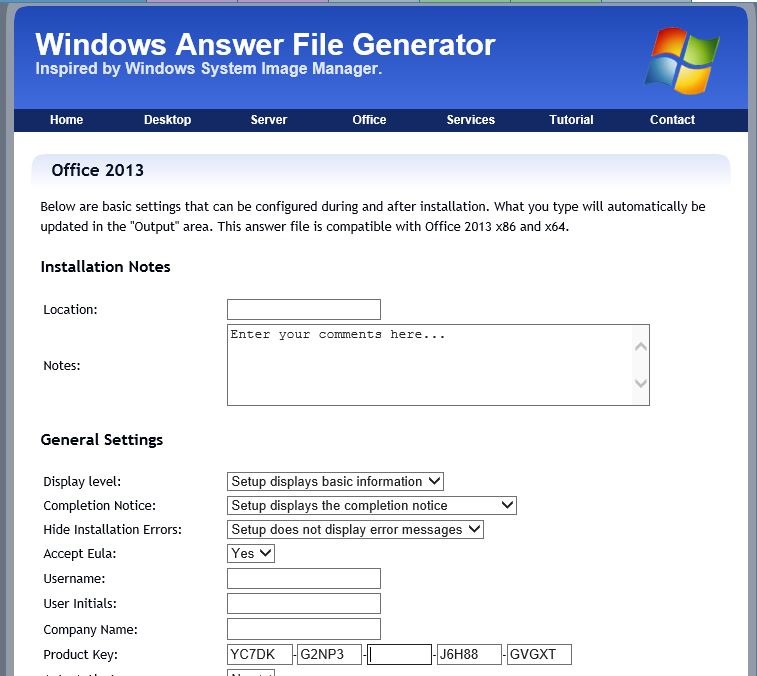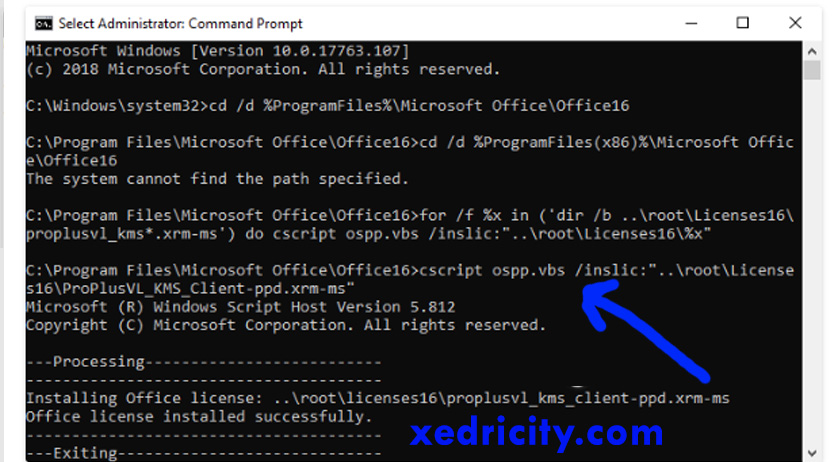

To determine which of the following procedures to use for your deployment and which customizations you might have to make, see Plan for multilanguage deployment of Office 2016.ĭownload language packs, language interface packs, and proofing tools for volume license versions of Officeįor Office 2016, you download an ISO image of the language packs, LIPs, and proofing tools from the Volume Licensing Service Center (VLSC). For more information, see Plan for Office proofing tools. If users have to edit in a language or a companion proofing language that is not installed, you can customize and install the Office proofing tools. For instructions on configuring language settings by using these methods, see Customize language settings in this article. For more information about these three methods, see Plan language customizations for Office. However, you configure language settings by using Group Policy, the Office Customization Tool (OCT), or the Language Settings tool.

When a user starts an Office 2016 application for the first time, setup applies default settings that match the language that is installed on the computer and the language that is specified by the Windows user locale setting. Specify custom settings once and then apply them to all language versions that you deploy in your organization.ĭeploy different languages to different groups of users.ĭeploy the proofing tools for additional languages.įor more information, see Plan setup of Office 2016 multilanguage deployment. Specify which languages to install on users' computers, regardless of the language of the operating system, which is specified by user locale. Install more than one language on a single computer. For example, you can perform any of the following tasks: Or, you can override this default behavior and manage the distribution of multiple language versions more precisely.


Overview of customizing language setup and settings for Officeīy default, setup automatically installs the language version that matches the Windows user locale that is set on each user's computer. If you have an Office subscription and you're deploying Microsoft 365 Apps, which uses the Click-to-Run installation technology, see Overview of deploying languages for Microsoft 365 Apps.


 0 kommentar(er)
0 kommentar(er)
